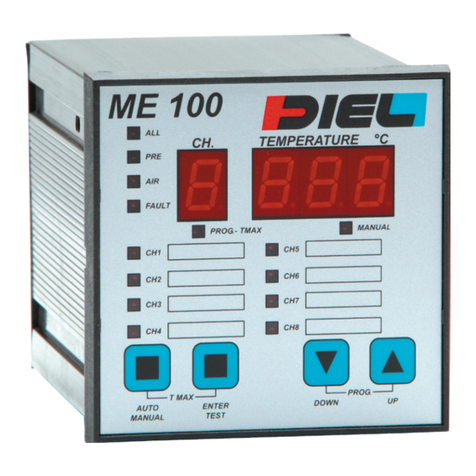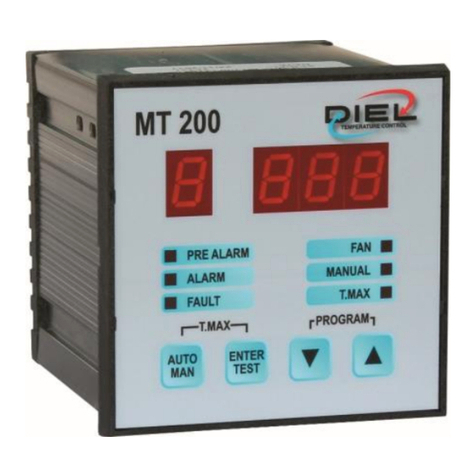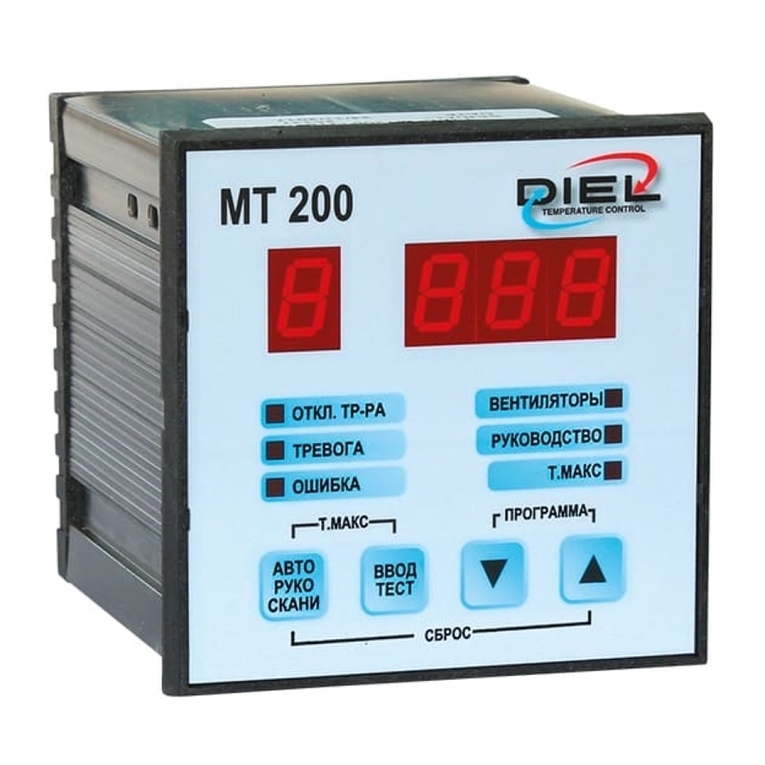DIEL MT 200 S Quick guide




















This manual suits for next models
1
Table of contents
Languages:
Other DIEL Control Unit manuals
Popular Control Unit manuals by other brands

Yanmar
Yanmar TVK-YL610P installation instructions
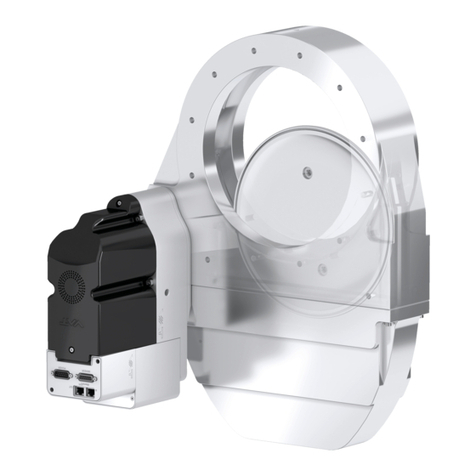
VAT
VAT 655 Series Installation, operating, & maintenance instructions

wirsbo
wirsbo DuoMix 201 installation instructions
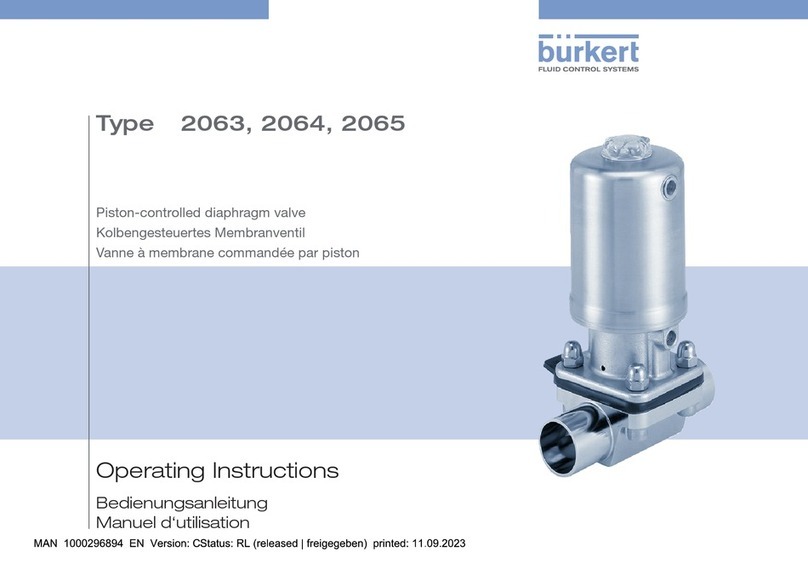
Burkert
Burkert 2063 operating instructions
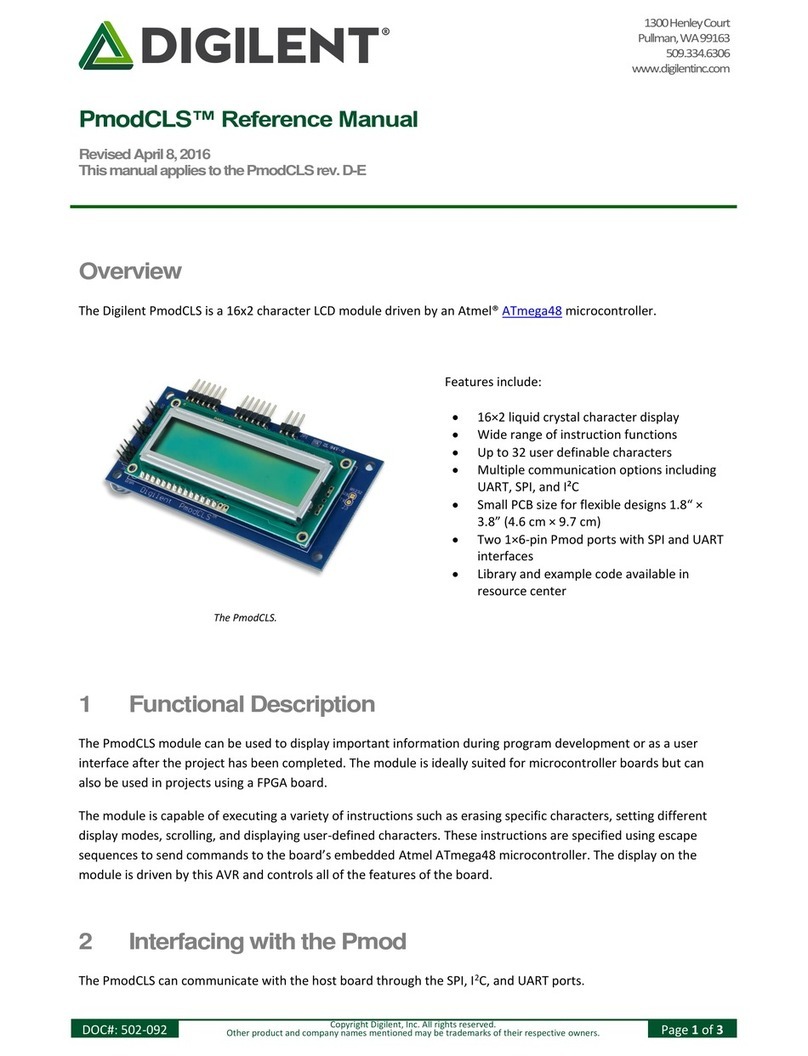
Digilent
Digilent PmodCLS Reference manual
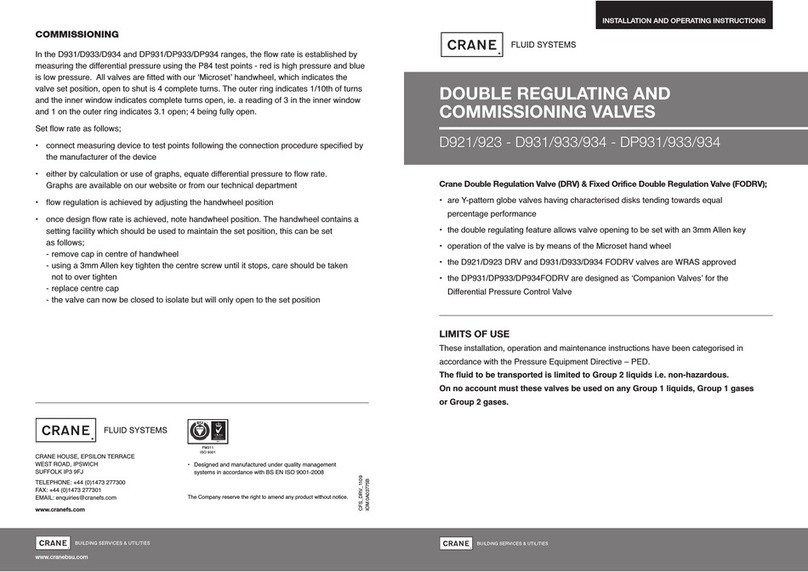
Crane
Crane D923 Installation and operating instructions
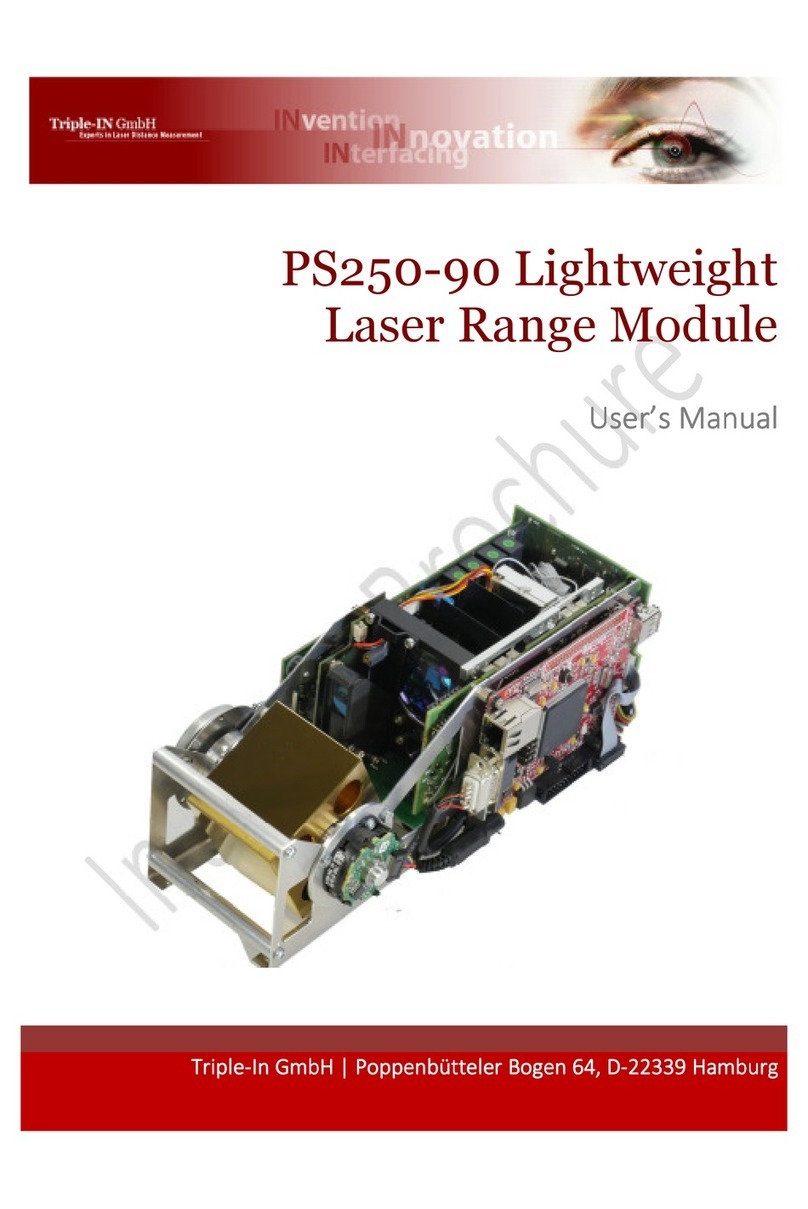
Triple-IN
Triple-IN PS250-90 user guide
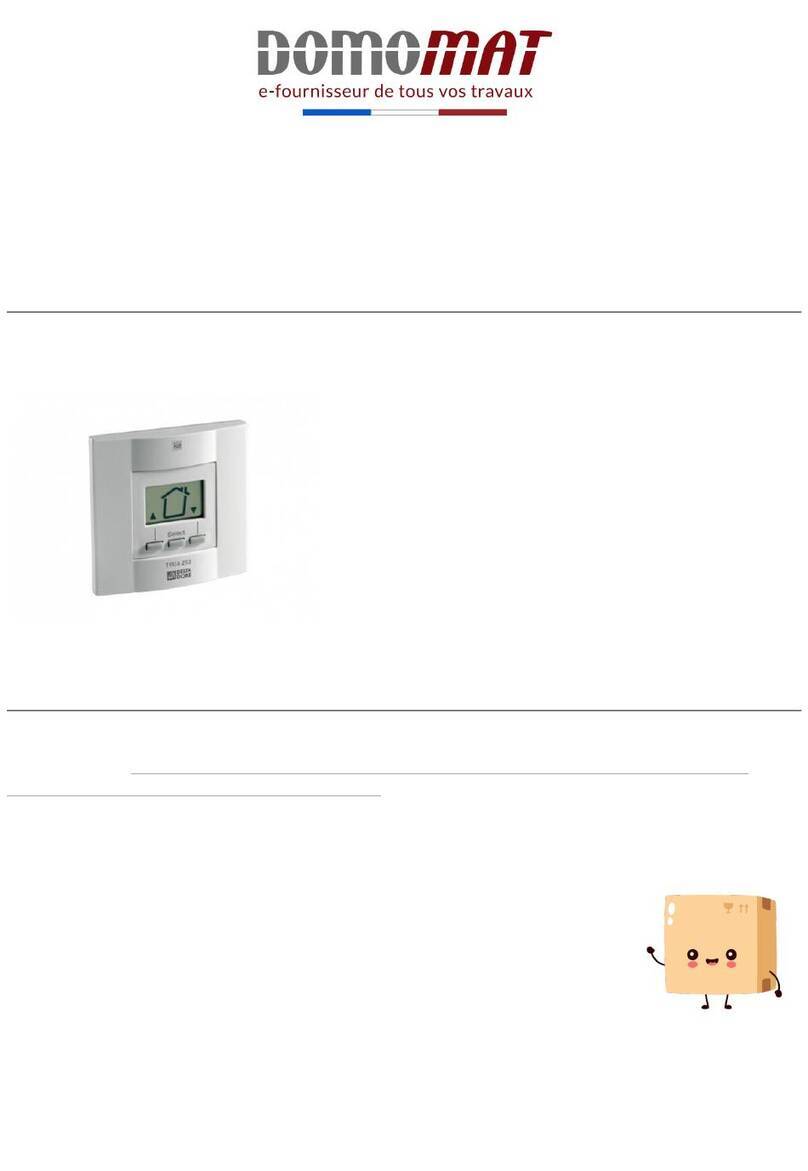
DELTA DORE
DELTA DORE 6351034 manual

Thermo Scientific
Thermo Scientific Orion Versa Star instruction sheet
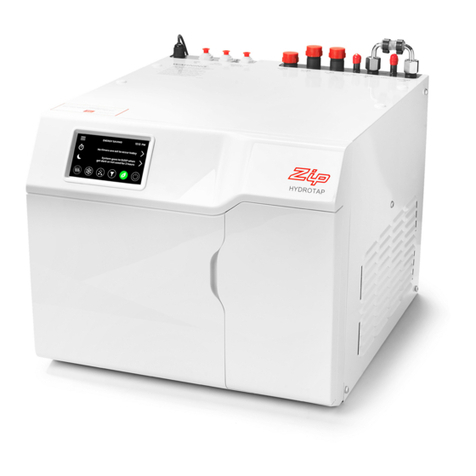
Zip
Zip HydroTap G5 Touch-Free Wave Quick start installation guide
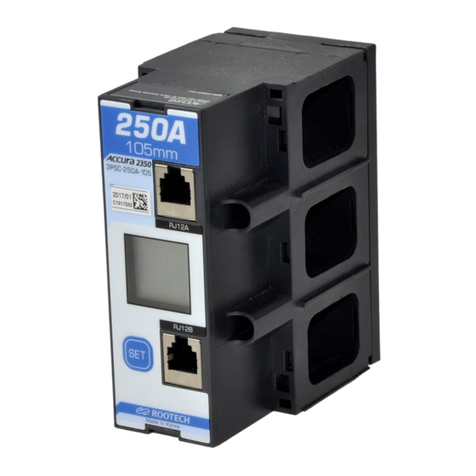
ROOTECH
ROOTECH ACCURA 2300 Series user guide
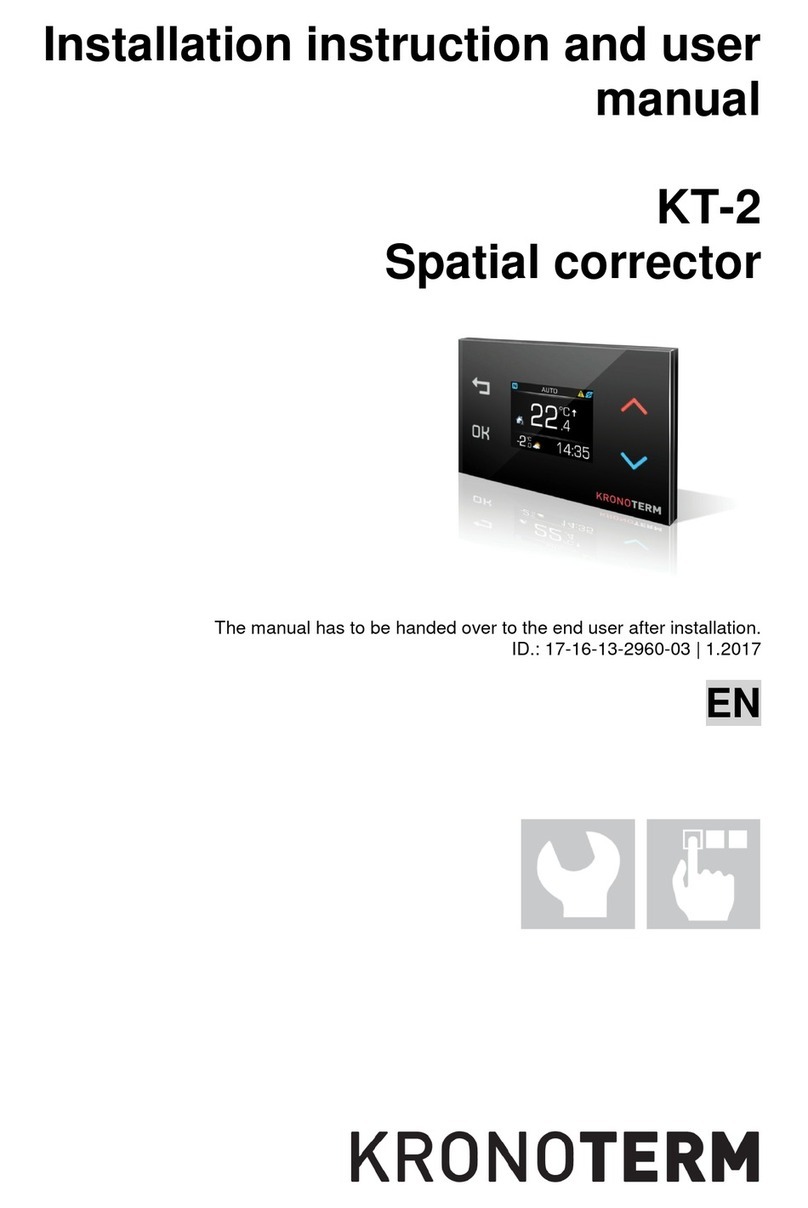
Kronoterm
Kronoterm KT-2 Installation instructions and user manual
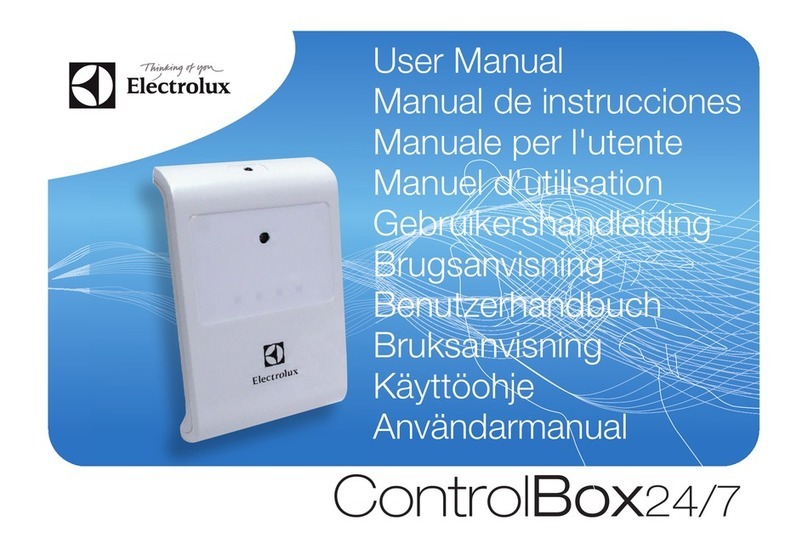
Electrolux
Electrolux ControlBox24/7 user manual
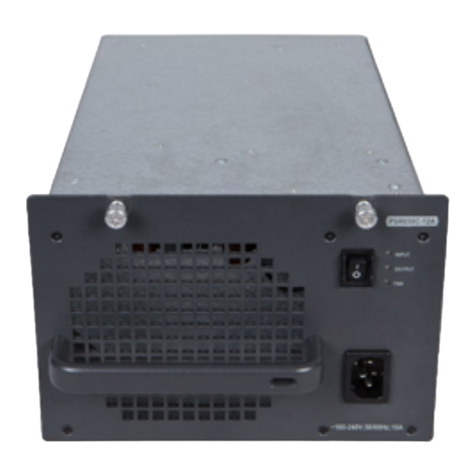
H3C
H3C PSR650C-12A user manual
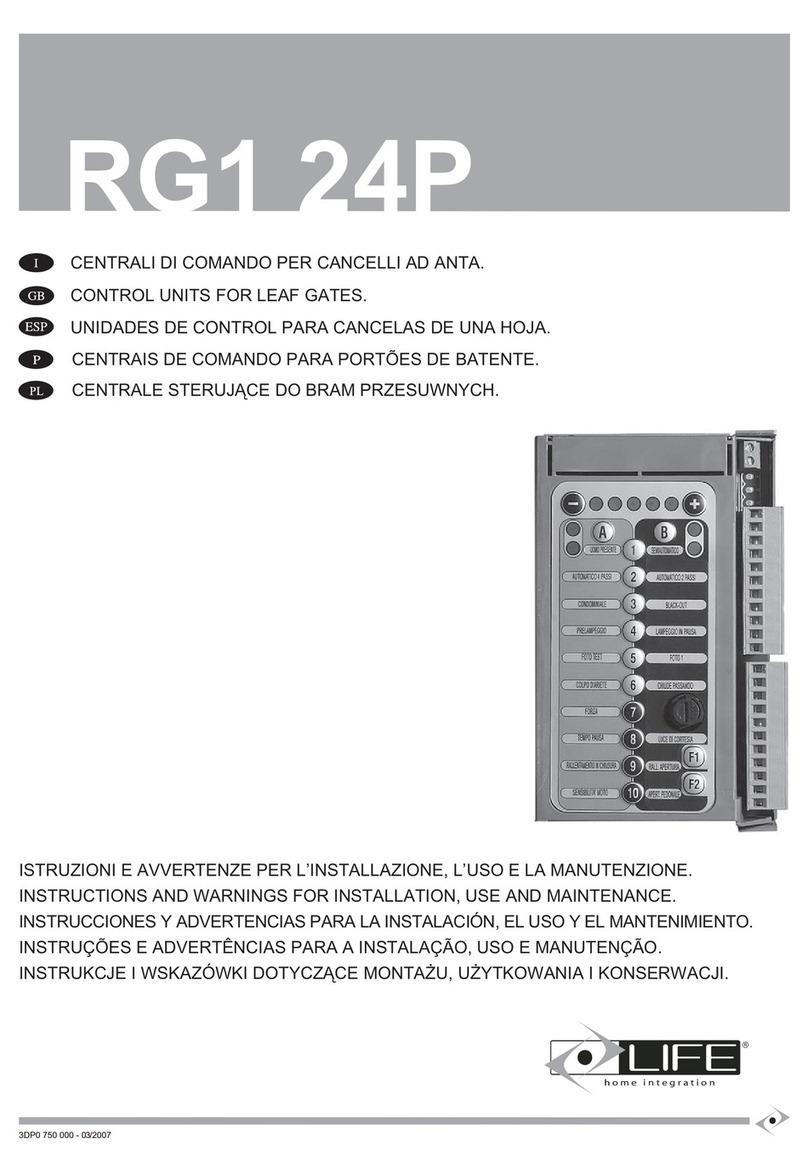
Life
Life RG1 24P Instructions for installation, use and maintenance
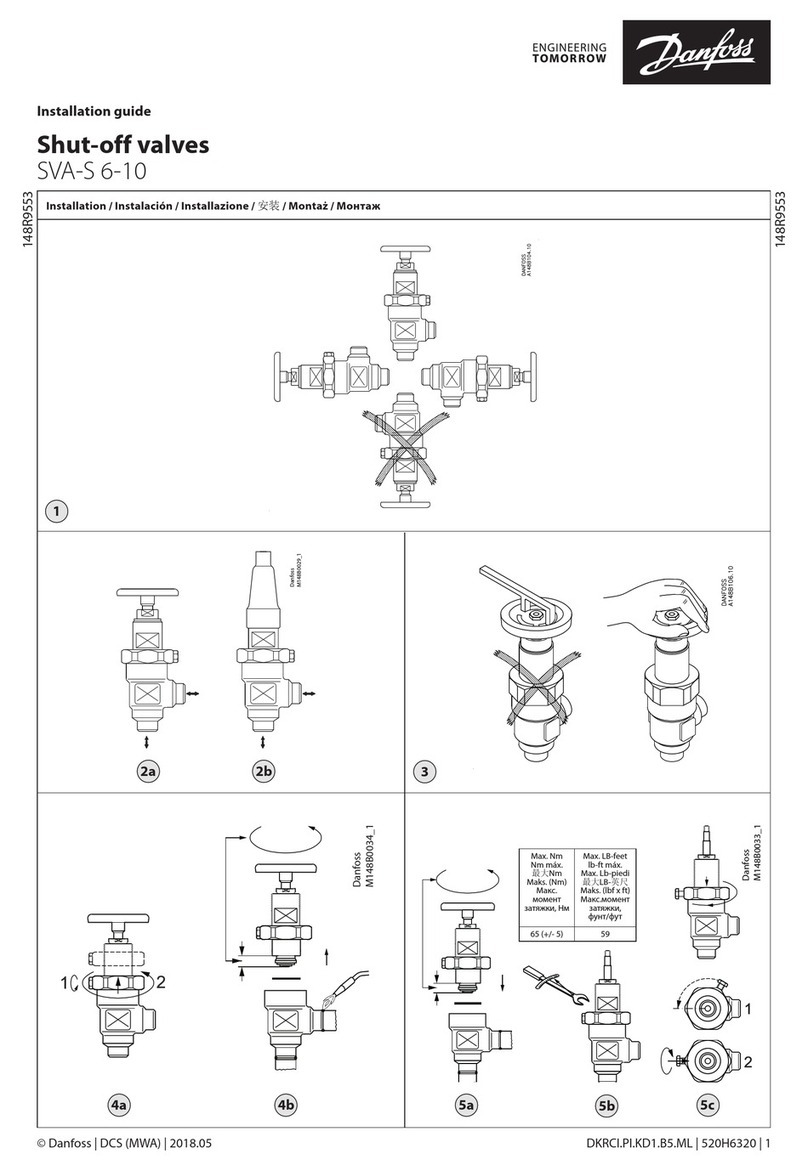
Danfoss
Danfoss SVA-S installation guide
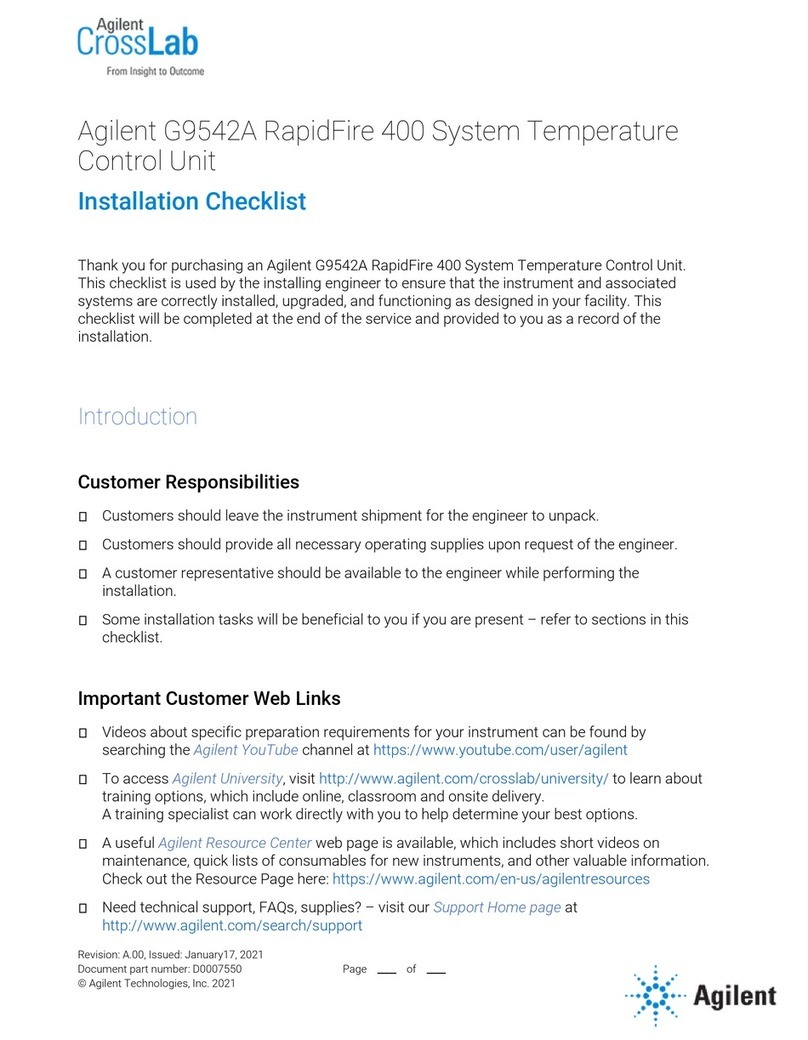
Agilent Technologies
Agilent Technologies CrossLab RapidFire 400 Installation checklist

Zenner
Zenner Electronic Data Capture Module Installation and operating instructions
